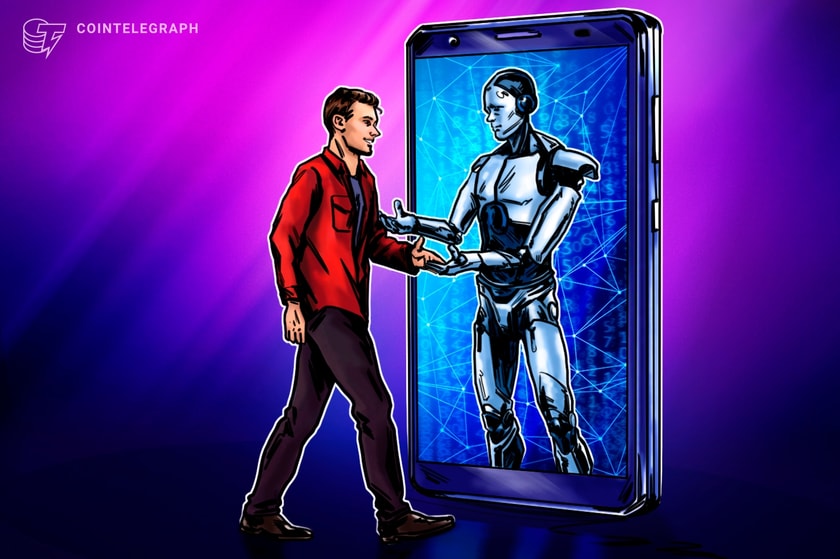Technological developments have long been at the heart of many societal fears. Breakthroughs like nuclear energy and even WiFi ignited many people’s imaginations, leading them to believe that these things meant to make life easier would instead end the world as they knew it.
An entire genre of fiction and film exploring dystopian societies or alternate universes has added fuel to the fire encompassing technological fears, especially those surrounding the once-futuristic artificial intelligence (AI) technology. Technology very well may have ended life as it was once known, but any net-positive societal advancement, such as electricity and vaccines, can claim the same.
People will always fear what they don’t know or understand, and there are a lot of nuances to new technology that people understandably struggle to grasp.
With AI, one of the greatest fears currently circulating is how people will be able to differentiate between what is real and what is not, particularly in digital environments like the metaverse.
The need for proof-of-humanity in the age of AI is a major concern, and the metaverse is not only taking these fears seriously, but many developers are doing something to solve it.
How the metaverse can integrate AI
While many people are speculating and fearful about the rise of AI, metaverse creators are excited about its potential. They see this as a great way to integrate technology and make their worlds more realistic for their users.
Roberto de Arquer Jaumandreu, co-founder of metaverse and digital identity firm Gamium, told Cointelegraph that AI will improve metaverse experiences in three specific ways in the near future: environment, effects and NPCs (non-playable characters).
Recent: Ordinals turned Bitcoin into a worse version of Ethereum: Can we fix it?
“Environments are the most common when it comes to AI experiences. You can ask the AI to create anything with you. No matter how outlandish, you can create anything with the right prompt. This is something that is about to also come in 3D. You can start from an asset, you can ask for a table, and you can even ask for a whole world,” said Jaumandreu. “The only limitation is your imagination.”
This ask-and-you-shall-receive model has already been seen with the creation of ChatGPT. Users can ask for a paragraph or an entire essay on pretty much any subject, going so far as to request specific information or statistics, and the AI will deliver it to them just as they asked it to. With…
Click Here to Read the Full Original Article at Cointelegraph.com News…
























